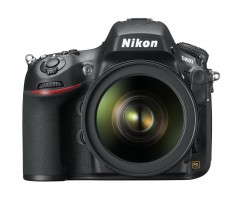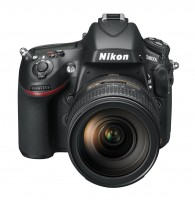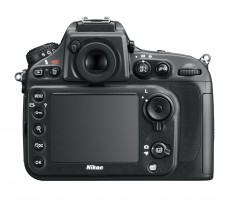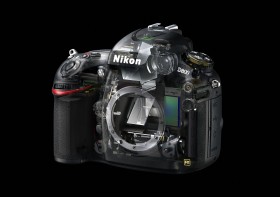Nikon joins the HDSLR high-end cinema circle with the introduction of their new D800. This is breakthrough technology. Three things should rivet the attention and capture the imagination of FDTimes readers.
1. The Nikon D800 has a 36.3 (7360 x 4912) megapixel FX-format (35.9 x 24 mm) CMOS sensor. That means it accepts Nikon’s full line of full frame lenses. Furthermore, you can also use Nikon DX-format lenses (23.6mm x 15.6mm) which cover a smaller area of the sensor: 15.4 megapixels (4800×3200). The camera is smart enough to know which lens it’s using when shooting video, and scales the full HD 1920×1080 accordingly.
2. The Nikon D800 shoots superb full HD 1080p video with manual control, uncompressed HDMI output (8 bit, 4:2:2), and an ISO range of 100-6400, expandable 25,600. Take a look at Sandro Miller’s low-light short “Joy Ride” and the making-of video: vimeo.com/nikonusa.
3. We may be entering a new era of low-pass-filterless imaging. Nikon offers the D800E model. Images created by the camera’s 36.3 million photosites will not be diffused or softened by an optical low pass filter. Any moiré artifacts can be corrected in post with Nikon’s Capture NX2. We’re entering the realm of medium format quality in a 35mm body.
What does this all mean for cinematographers? Here’s a very lightweight, small still camera that shoots FX full frame, DX, and stunning video. This paves the way for the possibility of hybrid 70mm and 35mm formats in one package. Picture this: one camera body can shoot both the background plates and the entire movie. With 36.3 megapixels in a small package, it’s not a stretch of the imagination to see 4K video coming soon. Could OLPF-less video with anti-aliasing in post be imminent?
Speaking of imminent, I see Nikon on the 2012 NAB exhibitor map: booth C9525 — close to Film and Digital Times (C10549). I think the crowds will be thick in our area.












